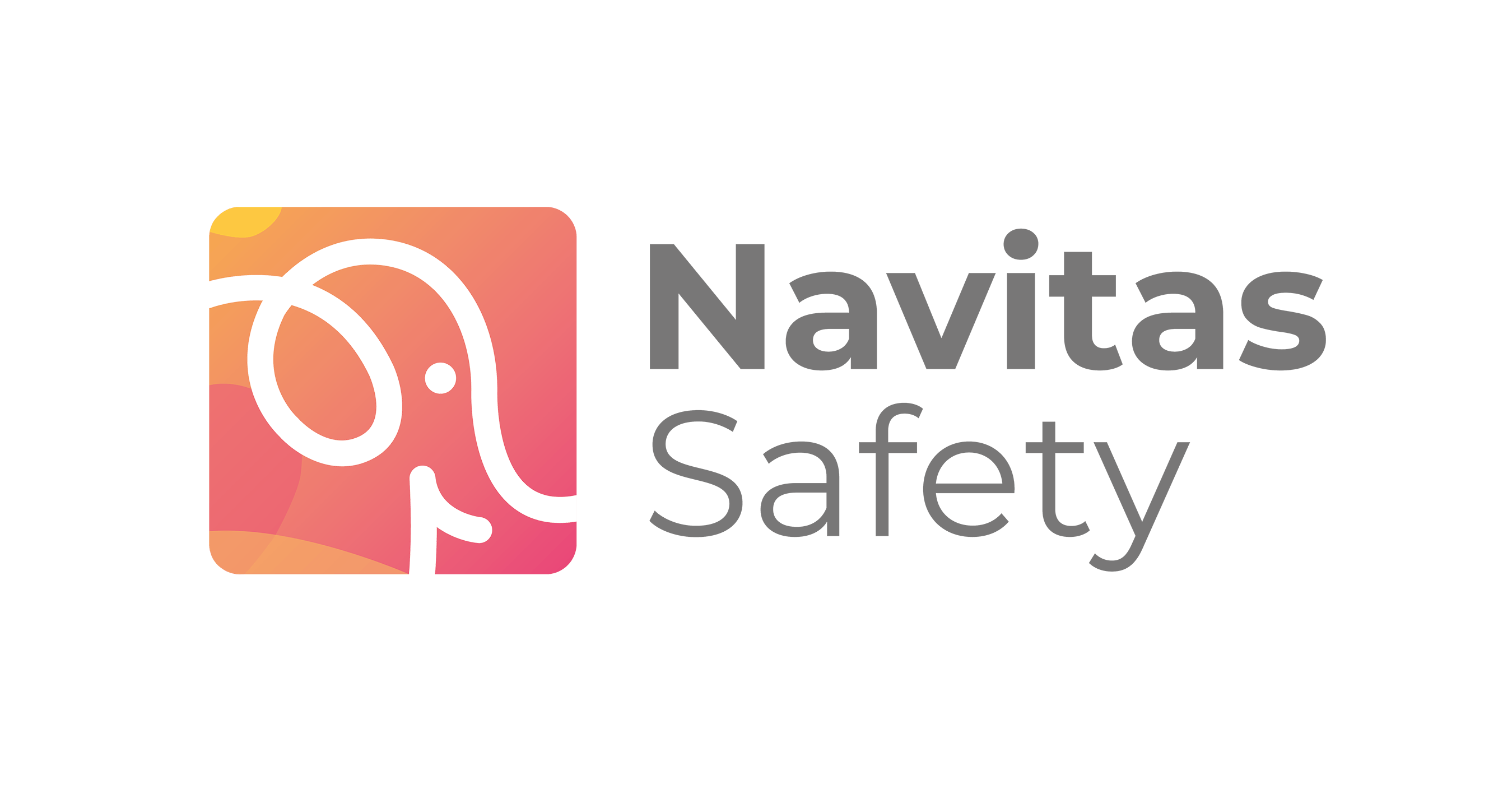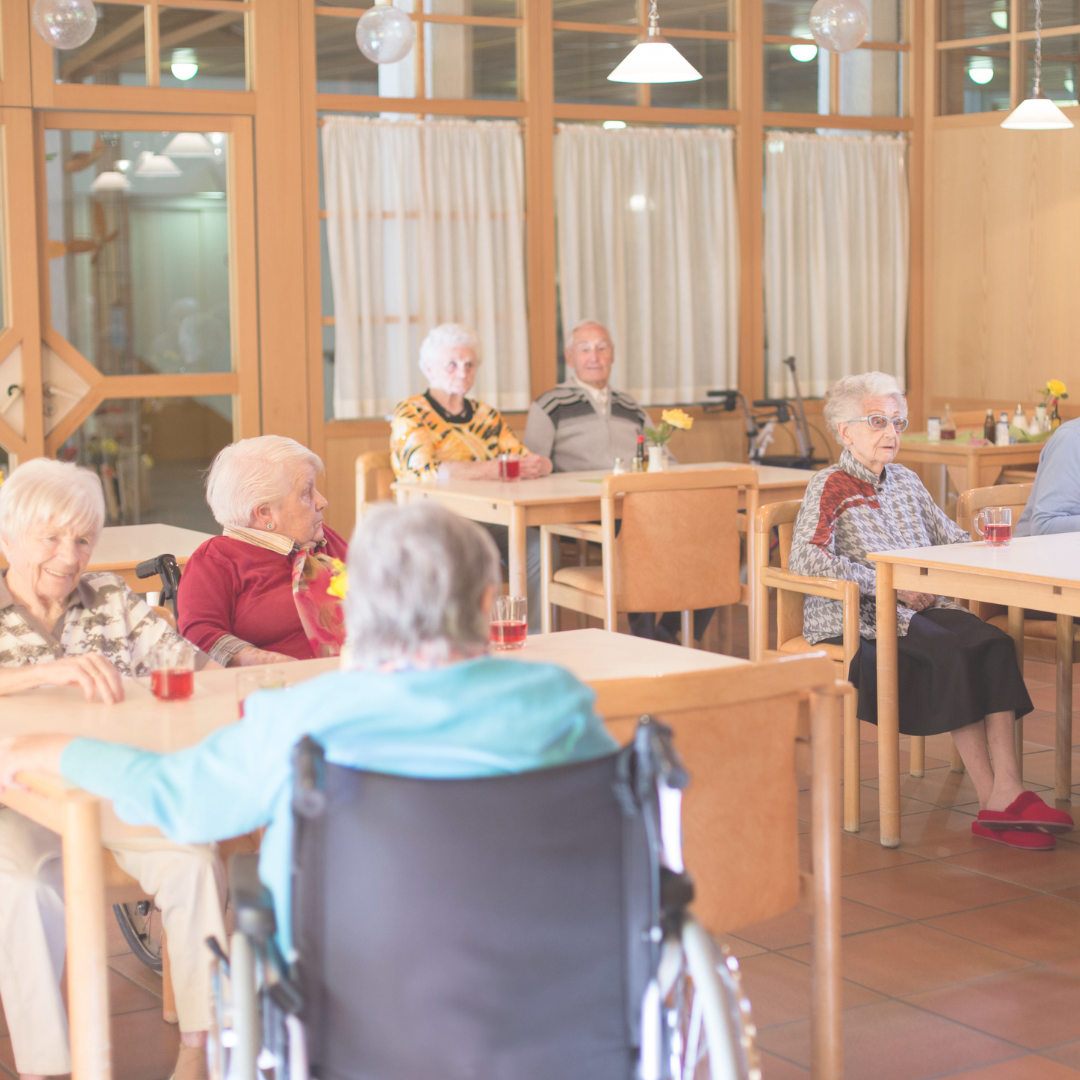We’ve already had our first spell of very hot weather across the UK—and with more likely on the way, now’s the time to make sure your workplace is ready. For those in hospitality, leisure, and other labour-intensive industries, preparation is key to tackling the challenges rising temperatures bring.
Let’s be honest—it doesn’t happen all that often in the UK, so it can catch teams by surprise! But high heat brings real risks to health, safety, and operations. From heat exhaustion to equipment breakdowns, a proactive workplace heat safety approach can make all the difference.
Here’s your essential guide to keeping staff safe, comfortable, and productive during the warmer months.
Why Heat Safety Matters
While there’s no legal maximum working temperature in UK health and safety law, employers still have a duty of care under the Health and Safety at Work Act. That means doing what’s “reasonably practicable” to manage risks like:
- Heat stress
- Dehydration
- Sunburn
- Fainting or collapse
- Secondary accidents from fatigue or confusion
By prioritising workplace heat safety, you can reduce risk, protect wellbeing, and avoid costly incidents.
Your Summer Heat Checklist
1. Mechanical Ventilation
Make sure all ventilation systems are working effectively:
- Use variable speed settings at full capacity.
- Test extraction by holding a piece of paper near the vent—does it stick?
- Watch for signs of poor performance like rising ambient temperatures, grease build-up, or flaking paint.
Pro tip: Kitchen extraction systems require regular cleaning—look for a TR19 clean from a qualified contractor and clean filters, canopies, and fittings between visits.
2. Natural Ventilation
Open doors and windows—so long as they are suitably screened against pests—in food areas to improve natural air flow. This simple step can help with workplace heat safety by providing a cooler, light breeze for the team.
For pest screening, solid screens are much more effective than ‘fly chains’. Chains are prone to damage, can get caught on items like cages or trolleys, and are harder to keep clean. They also tend to be hung back away from the door, defeating their purpose. Remember, screens should not be fitted to designated fire doors.
Note: It’s not just your employees who benefit from proper ventilation. Good natural or mechanical airflow also helps regulate temperatures in food storage areas, improving equipment efficiency and supporting food safety—both critical elements of workplace heat safety.
3. Equipment & Facilities
Small changes can go a long way:
- Switch off hot equipment when not in use.
- Use induction cookers to reduce ambient heat.
- Install fans or portable AC units (safely sited and tested).
- Add blinds or window film to sunny areas.
- Provide shade outdoors (umbrellas, parasols).
- Rethink layout—move workstations near windows or under AC units if possible.
4. Working Times & Job Planning
- Stagger shifts to avoid peak heat.
- Reschedule strenuous tasks to cooler times of day.
- Plan annual jobs with seasonal heat in mind.
- Offer extra short breaks to help staff cool down.
- Rotate employees into cooler areas like cold rooms where possible.
5. Welfare Provisions
Show your team you care:
- Offer breathable uniforms and allow short sleeves where safe.
- Replace hot headwear with hairnets or bump caps.
- Make sure staff have plenty of cold water—consider reusable bottles!
- Hand out ice lollies (low sugar = better hydration).
- Supply sun cream for outdoor staff.
- Provide handheld or neck fans.
- Designate a cool rest area for breaks.
6. Written Procedures
Create a workplace heat safety risk assessment or SOP covering heat risks.
Update it annually before the warmer season begins, and include heat risk considerations in your wider health & safety documentation.
7. Training, Instruction & Supervision
- Raise awareness of the ‘hazards of heat’ by providing training and instructions. This could be as simple as communicating your risk assessment and / or SOP or may need to be more comprehensive depending on jobs and roles.
- Ensure employers know what signs and symptoms of heat exposure to look for and how they may materialise. The following are examples to consider:-
- Tempers may rise under hot stressful conditions or team conflicts may occur from becoming more easily agitated.
- Individuals may feel tired and lacking energy or weak and have headaches or episodes of light headedness.
- Employees working outside could get burnt or experience symptoms of heat stroke and must regularly check their skin for any changes, blemishes, or appearances of mole growth or irregularities.
- Employees must help themselves by staying hydrated and avoiding any foods that may dehydrate.
Key Facts to Keep in Mind
The ideal working room temperature in the UK generally ranges from 16°C to 24°C, with specific recommendations varying based on the type of work. For office environments, the ideal temperature is often cited as 20°C to 22°C. You can display a room thermometer or use a digital probe to routinely check that you are within the recommended ranges for your type of workplace.
In the UK, the air exchange rate, or air changes per hour (ACH), is a key factor in ventilation, particularly for ensuring adequate indoor air quality and complying with building regulations like Part F. The recommended ACH varies depending on the room type and its function, with values typically ranging from 0.5 to 2 for living spaces and higher rates for kitchens and bathrooms to manage moisture and odours.
For commercial kitchens, TR19 standards specify cleaning intervals based on usage, with heavy use requiring cleaning every 3 months and light use every 12 months.
In the UK, air conditioning maintenance is important for both efficiency and legal compliance. Systems with an output over 12kW require mandatory inspections every five years by an accredited energy assessor. Beyond this legal requirement, regular servicing, ideally twice a year (spring and autumn), is recommended to ensure optimal performance, prevent costly repairs, and improve energy efficiency.
Reasonable work adaptations …..also remember that some employees may need some of these adaptations or controls to be made across the year, when experiencing menopause or other medical conditions, for example so individuals must be considered individually and if / when they raise any concerns to you or your management team.
Need Help?
We’re here to support you in making your workplace safe, compliant, and comfortable—whatever the weather. If you need more information or practical advice tailored to your business, get in touch with our team today.

Jonathan Finlay – Environmental Health Consultant and Client Services Team Lead at Navitas Safety.
Jonathan has over 7 years of experience in food, fire and H&S compliance and digital solutions.
Passionate about helping businesses improve food and health & safety standards, he shares insights on industry trends, best practices, and regulatory updates.










